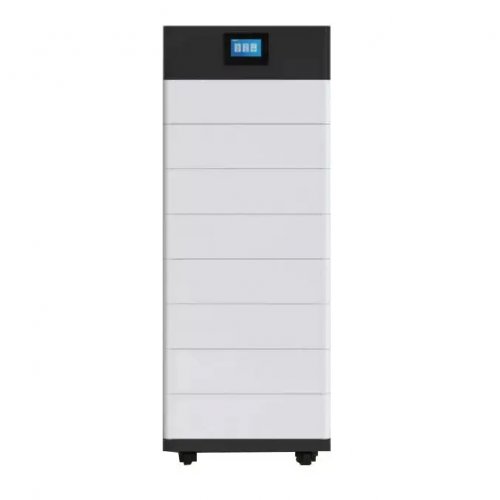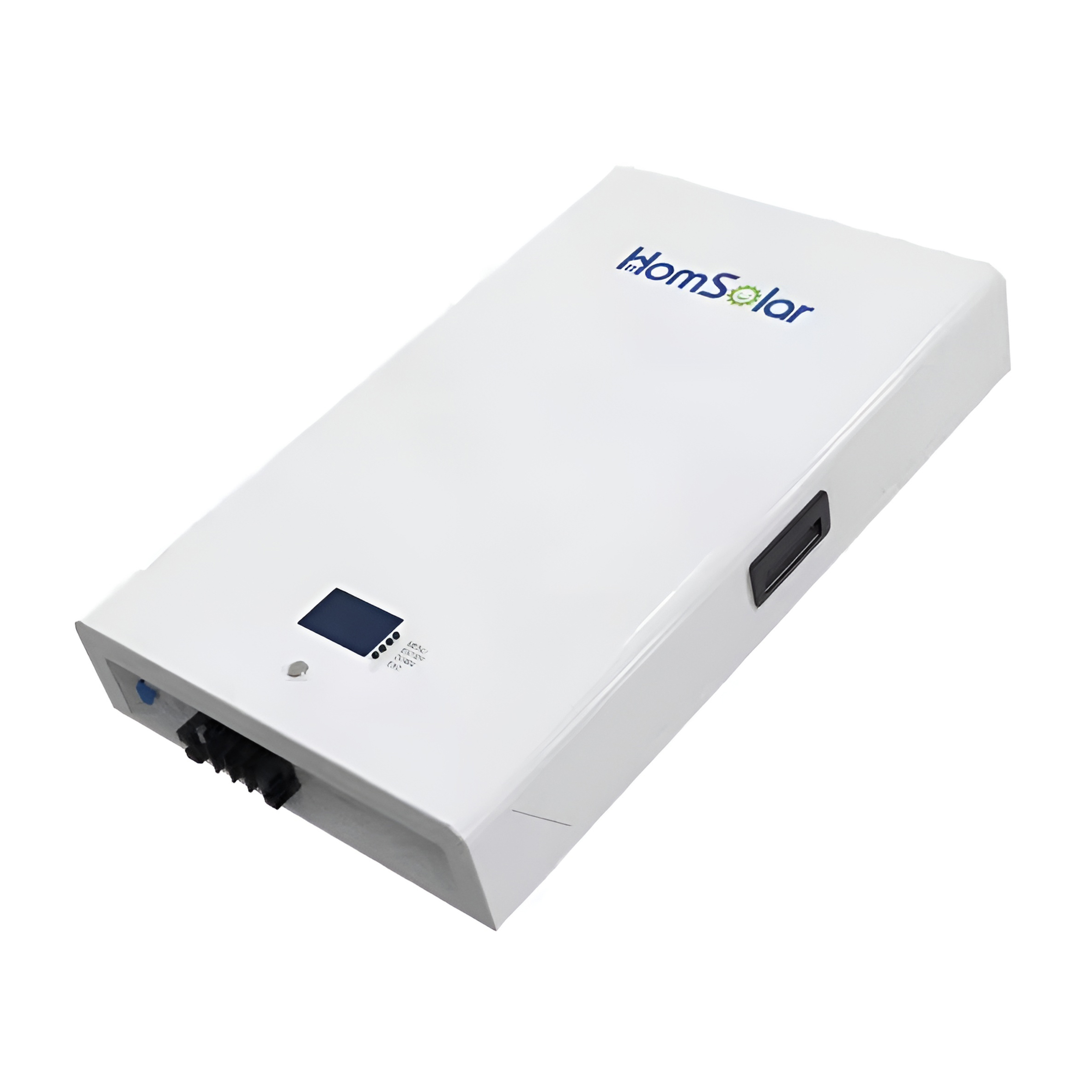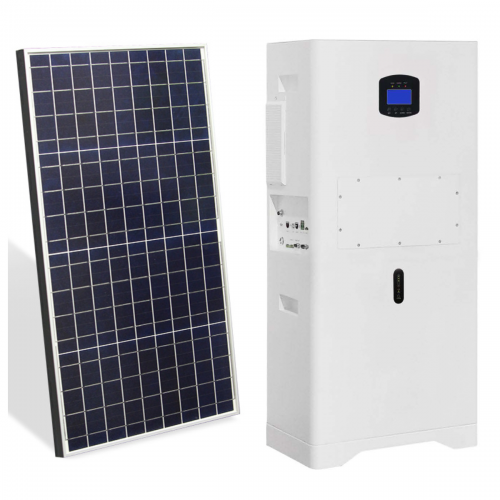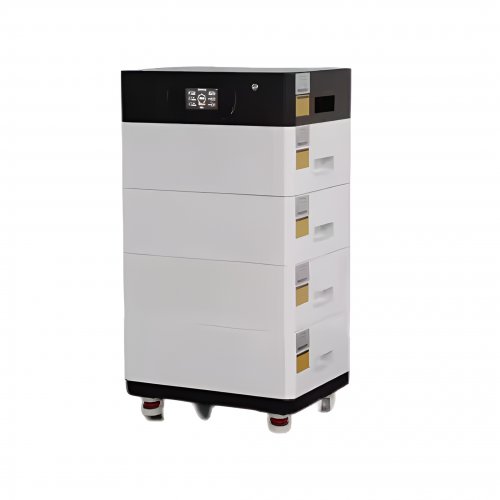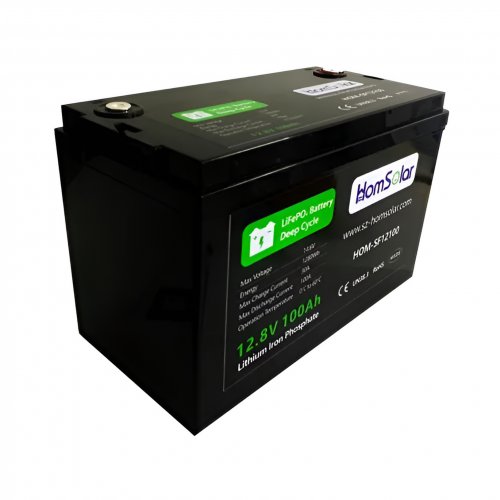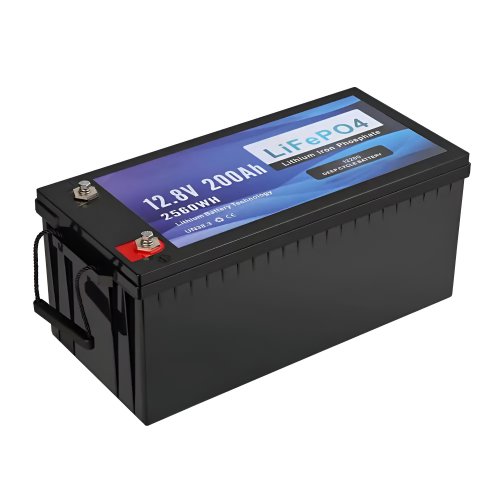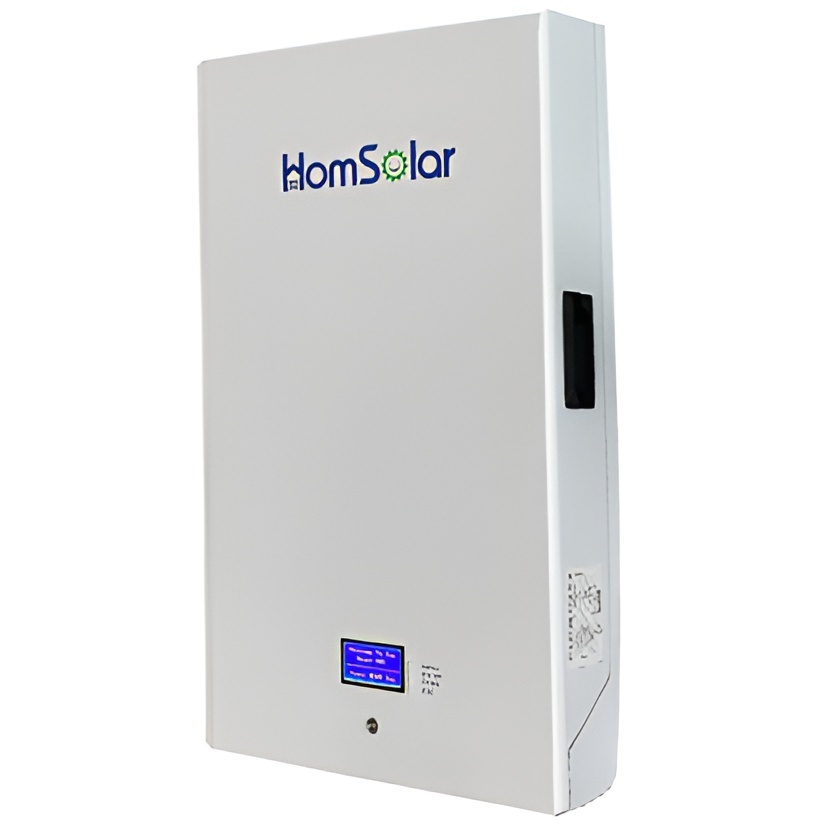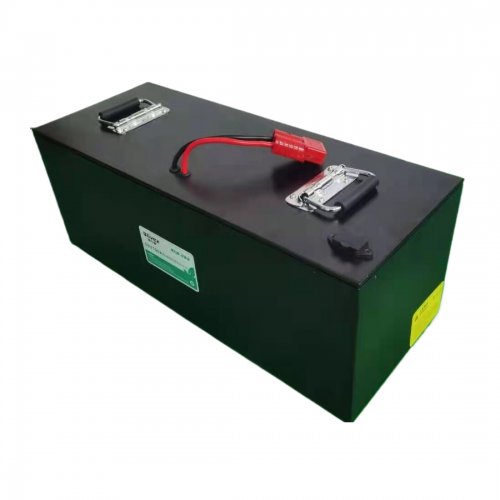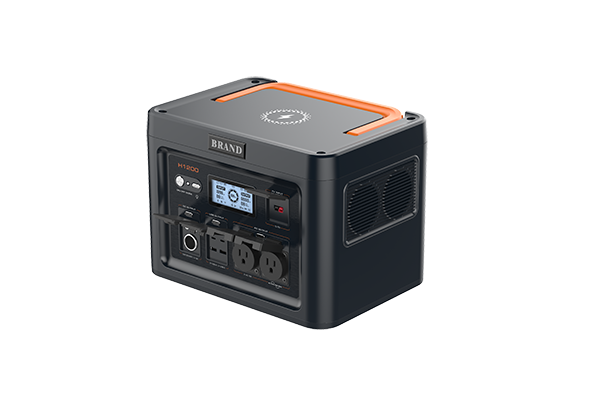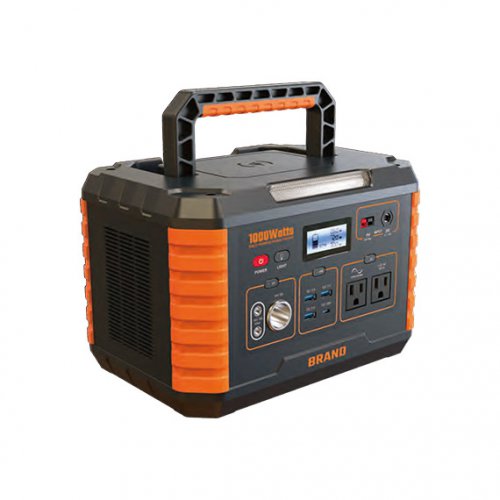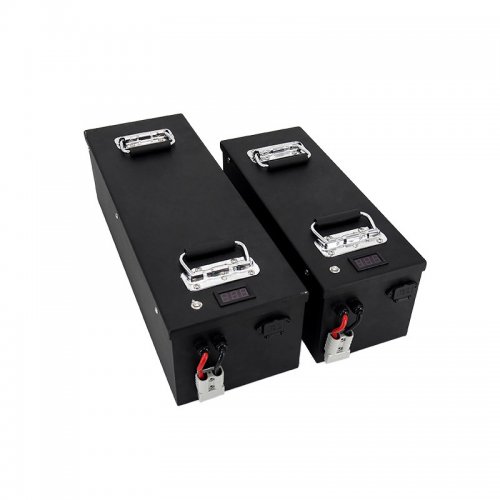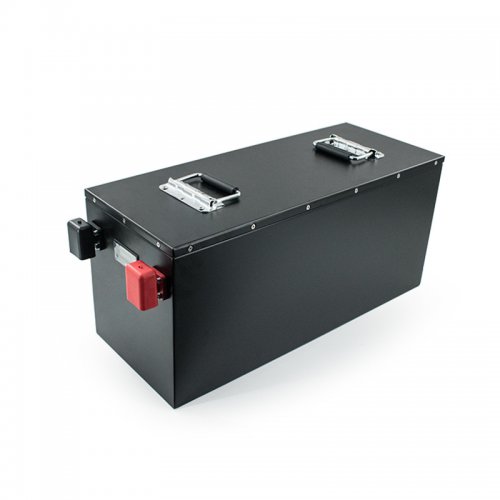Higher voltage faces greater resistance
The looming direct-current (DC) voltage shift from the solar industry standard 1.5 kV to 2 kV, like the previous step up from 600 V, promises cost savings and efficiency gains. It will again challenge PV manufacturers and developers, who must weigh technical advancement and specialist products against economic viability.
Some have already found the balance in 2 kV’s favor. A 182 MW, 2 kV project was built in China in 2023 and at least one US pilot site was operating in 2024.
Why 2 kV?In principle, higher voltage enables more power transmission at the same or a proportionally lower current while minimizing energy losses. Higher currents require thicker cables, making increasing voltage cheaper than raising current.
While electrical engineer equations get tougher, as alternating current (AC) and reactive power are considered, DC logic is straightforward: power equals current times voltage, or P=IV.
Therefore, increasing the voltage while maintaining or reducing current either increases or maintains power output with fewer losses. For solar, the transition is expected to improve energy yields by 0.5% to 0.8%.
Energy yield is only part of the story, however. At 2 kV, systems can accommodate 33% more modules per string than at 1.5 kV as the voltage drop over the modules is reduced, if the same sized conductor is used. Shorter strings may mean thinner copper conductors, too, delivering savings.
Fewer strings mean fewer “home run” power trunk lines between site and inverter. That brings a 10% to 15% equipment saving from fewer combiner boxes, connectors, and cabling – and cheaper maintenance.
Manufacturers step upThe shift to 2 kV is not simply swapping out components or re-rating, though. It requires an industry transition.
China’s JinkoSolar became the first PV module supplier to be certified by standards body UL Solutions for 2 kV-supporting products.
“The actual core circuit of the module stays the same as a standard module. What the higher voltage rating does is allow you to make the strings longer. For getting the PV module to 2 kV, UL has published guidance on the creepage [the shortest distance between two conducting points along the surface of an insulating material] and clearance [the shortest distance in the air between two conducting parts] requirements, which essentially make the module slightly bigger. Meaning, you need more material between the edge of the active circuit of the laminate and the edge of the laminate,” said Adam Detrick, director of product management and technical services at JinkoSolar US.
“We utilize a unique encapsulant that can withstand the increased impulse voltage required on 2 kV. There are also slight modifications to the J-box [junction box] and connectors. On the connector side, it’s mostly the insulation material itself, where we added a higher dielectric material on the plastic housing. And the J-box has some increased creepage and clearance requirements as that voltage goes up.”
Inverter manufacturers face topography changes and efficiency loss. Higher voltages put greater stress on inverter semiconductor switches, causing switching losses and affecting long-term reliability. Inverter companies pv magazine spoke to said the challenges are well understood.
“Technically speaking, shifting to 2 kV is not a humongous challenge. It’s a matter of clearance distances and making sure new components can withstand the increased voltages, and insulation levels have to be increased,” said Damian Perez de Larraya, head of product management and business development at ABB-owned inverter maker Gamesa Electric. “Plus, cooling needs to be updated and with water cooling that is a challenge, but one we can face.”
Finding components is another hurdle. “We are testing different strategies for our designs and topologies and we have decided on what we want to build,” said Perez de Larraya. “The thing we are waiting for is certified components. Not in the inverter IGBTs [insulated gate bipolar transistors], which we can source, but other materials. But overall reliability should not at all be penalized for 2 kV, though inverter efficiency may fall some small, fractional percentage.”
Electrical balance of systems (EBOS) also requires higher safety precautions at 2 kV.
“Shoals’ flagship patented trunk bus solution, the Big Lead Assembly (BLA), integrates the functionality of cable assemblies, fusing, and combiner boxes into a single system,” said Jeff Tolnar, President of EBOS provider Shoals Technologies, a pv magazine Award 2024 winner for its 2 kV cabling. “With the release of 2 kV standards by UL, components in our BLA system have been re-rated and are undergoing certification to handle 2,000 volts. Our rigorous factory testing ensures that our solutions not only meet certification requirements but also exceed industry safety standards.”
First mover disadvantage?Solar investors want to see proof that the 2 kV transition will deliver the promised savings.
Customized/OEM/ODM Service
HomSolar Supports Lifepo4 battery pack customization/OEM/ODM service, welcome to contact us and tell us your needs.


HomSolar: Your One-stop LiFePO4 Battery Pack & ESS Solution Manufacturer
Our line of LiFePO4 (LFP) batteries offer a solution to demanding applications that require a lighter weight, longer life, and higher capacity battery. Features include advanced battery management systems (BMS), Bluetooth® communication and active intelligent monitoring.

Customised Lithium Iron Phosphate Battery Casing
ABS plastic housing, aluminium housing, stainless steel housing and iron housing are available, and can also be designed and customised according to your needs.

HomSolar Smart BMS
Intelligent Battery Management System for HomSolar Energy Storage System. Bluetooth, temperature sensor, LCD display, CAN interface, UART interface also available.


Terminals & Plugs Can Be Customized
A wide range of terminals and plugs can be customised to suit the application needs of your battery products.

Well-designed Solutions for Energy Storage Systems
We will design the perfect energy storage system solution according to your needs, so that you can easily solve the specific industry applications of battery products.



About Our Battery Cells
Our energy storage system products use brand new grade A LiFePO4 cells with a battery lifespan of more than 4,000 charge/discharge cycles.



Applications in Different Industries
We supply customized & OEM battery pack, assemble cells with wiring, fuse and plastic cover, all the cell wires connected to PCB plug or built BMS.
Applications: E-bike, Electric Scooter, Golf Carts, RV, Electric Wheelchair, Electric Tools, Robot Cleaner, Robot Sweeper, Solar Energy Storage System, Emergency Light, Solar Power Light, Medical Equipment, UPS Backup Power Supply.
We can provide you with customized services. We have the ability to provide a vertical supply chain, from single cells to pack/module and to a complete power solution with BMS, etc.


HomSolar (Shenzhen) Technology Co., Ltd







